Field Crops, Forage and Turfgrass Production
-
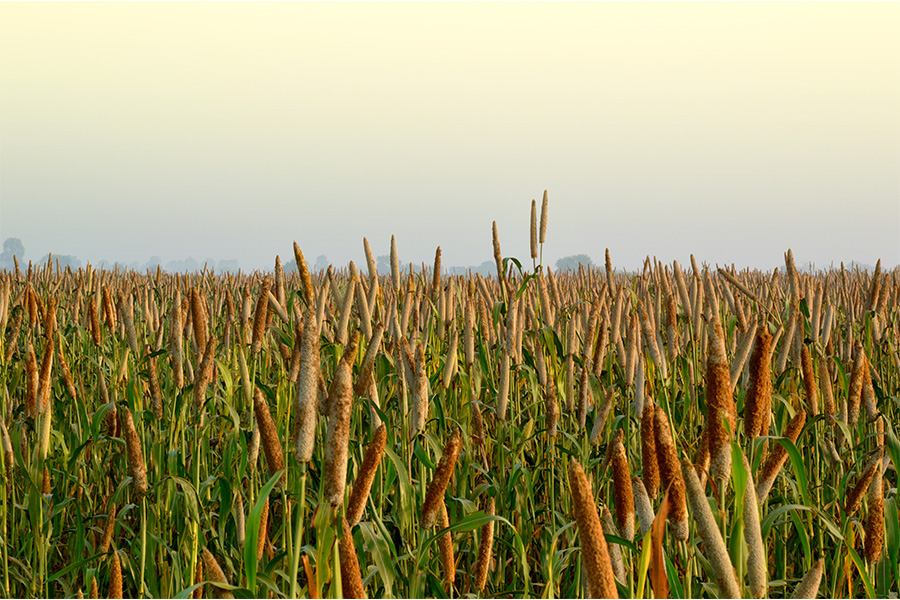
B 1216
Pearl Millet for Grain
Pearl millet (Pennisetum glaucum [L.] R. Br.) has a long history of use as a summer grazing and hay crop in the southeastern U.S. The recent development of new, adaptable and productive grain pearl millet hybrids in the Southeast gives crop producers a suitable alternative feed grain for dryland production.
G. David Buntin
|
-
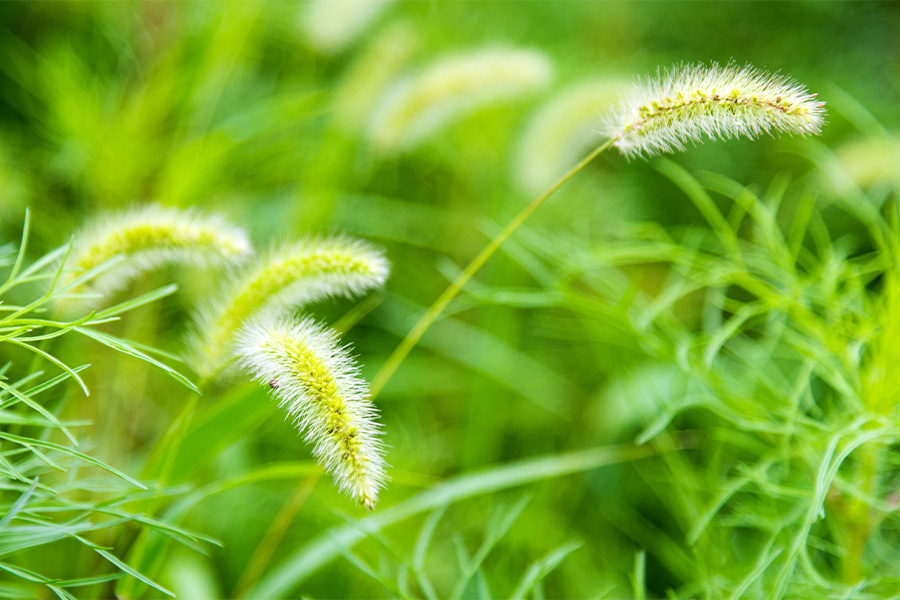
Foxtails (Setaria spp.) are invasive weeds in pastures and hayfields. The competitive growth of foxtails with pasture specie causes stand thinning and reductions in hay yields. Foxtails may be grazed in spring prior to inflorescence development. However, the production of seedheads is concerning in summer due to the sharp awns that can damage the gums of livestock. Hayfield growers are also concerned about the economic impact of foxtails on yield and hay quality. This publication discusses the identification of foxtail species along with cultural and chemical control options.
Patrick E McCullough
|
-
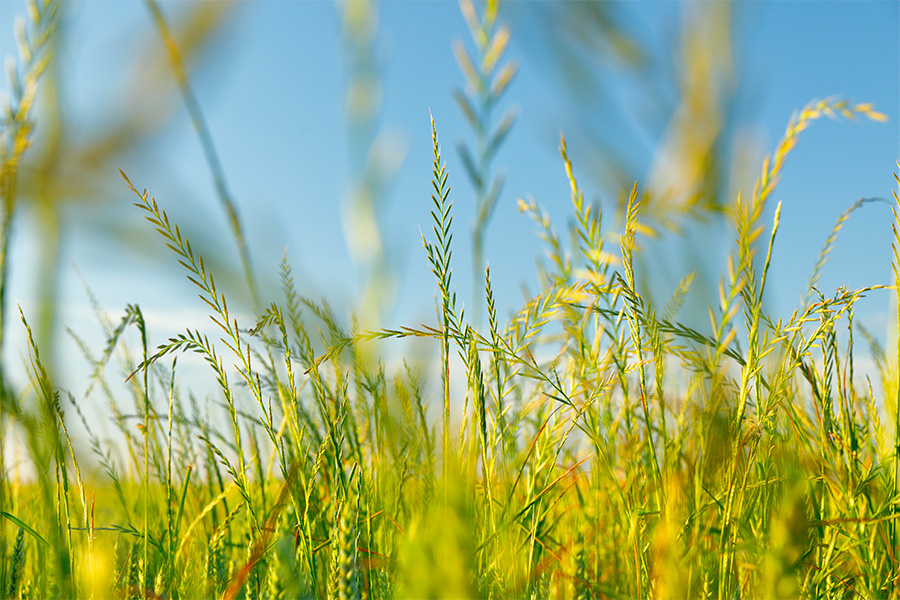
Annual ryegrass (Lolium multiflorum), also referred to as Italian ryegrass, is the most problematic winter annual weed in Georgia hayfields. Seed germinates from September to November when soil temperatures drop below 70 degrees F. Seedlings mature in the fall, overwinter in a vegetative state, and resume active growth in the spring. Annual ryegrass is a prolific seed producer that contributes to annual infestations.
This publication summarizes the growth and identification of this weed. Cultural and chemical control options are also presented for tall fescue, bermudagrass, alfalfa, bahiagrass and other forage legumes grown for hay production.
Patrick E McCullough
|
-
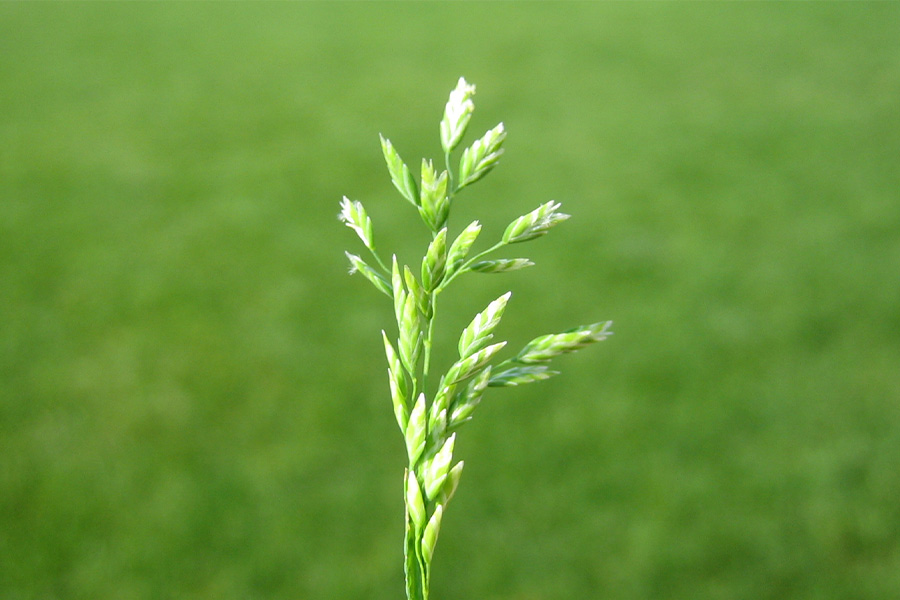
Annual bluegrass (Poa annua) is the most problematic winter weed of lawns in Georgia. Plants have a light green color, coarse leaf texture, and produce unsightly seedheads. Annual bluegrass germinates in fall, overwinters in a vegetative state, and resumes active growth in spring. Competitive growth of populations causes stand thinning of desirable turfgrasses that may predispose lawns to invasion by summer annual weeds, such as crabgrass (Digitaria spp.). Annual bluegrass typically dies out by May in Georgia, but cool temperatures in spring and regular irrigation may extend survival of populations into early summer.
Annual bluegrass is the most problematic winter weed of lawns in Georgia. Turf managers have experienced difficulty controlling annual bluegrass due to the spread of biotypes with resistance to pre- and post-emergence herbicides. This publication covers annual bluegrass identification, establishment, and cultural control for lawns. The development, detection, and control of herbicide-resistant annual bluegrass is also discussed.
Patrick E McCullough
|
-

Compared to other grains, grain sorghum has unique characteristics that must be understood before successfully harvesting, drying and storing it. With some modifications, you can use existing equipment for both sorghum and other grains. This publication describes methods for harvesting, drying and storing grain sorghum.
Paul E. Sumner and John W. Worley
|
-
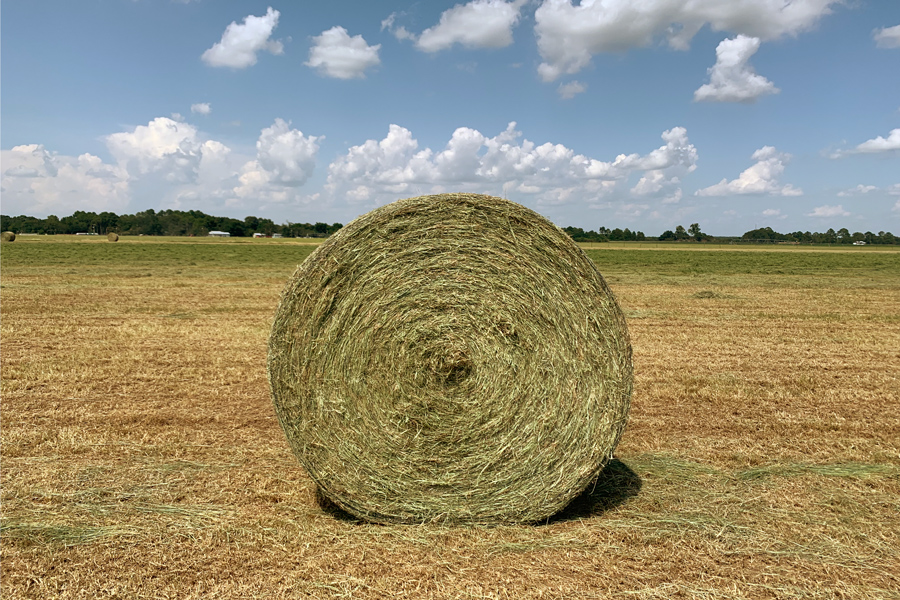
This circular is useful for anyone working directly with livestock producers on interpreting and using forage reports. It also provides a “checklist” for taking forage samples from hay or baleage bales. It summarizes how to properly collect a forage sample, read the basic components of the lab’s report, and use the report for developing a basic feed plan.
Lawton Stewart, Jennifer J. Tucker, and Lisa Baxter
|
-

SB 48-11
Turf
This section of the Home & Garden Edition covers insect, disease, and weed control in home turfgrass. Care should be taken when using insecticides around any flowering plants when bees are actively foraging. Timing sprays for late afternoon and evening will minimize risks from broad-spectrum contact insecticides. Beginning in 2022, the Home & Garden Edition has been updated biennially. When purchasing a product based on a first-year recommendation of the Handbook, check the current product label before purchase to be sure it is still labeled for the use for which you are buying it. For pesticide products you have on hand from earlier purchases, you are allowed to use them until they are depleted without penalty under the law. Always follow label instructions before use. Contact the product’s manufacturer for the most up-to-date label.
William G. Hudson, Alfredo Martinez, Patrick E McCullough, and Allison Faye Johnson
|
-
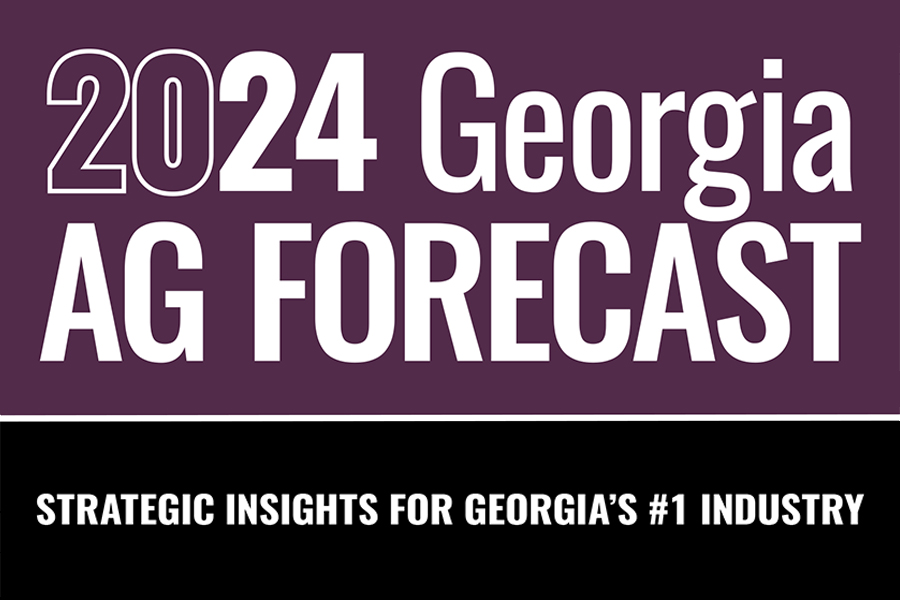
AP 130-2-04
2024 Cotton Outlook
1. U.S. cotton acreage and production are likely to decline in 2024 because of lower relative price expectations with competing crops.
2. The cotton production profit margin is likely to be lower in 2024 with high input costs and low cotton prices.Ben Campbell and Yangxuan Liu
|
-

AP 130-2-06
2024 Corn, Soybean, and Wheat Outlook
1. Tighter margins are expected in 2024 for corn, soybeans, and wheat as commodity prices are forecast to be lower and input prices are expected to be flat.
2. Growing demand for sustainable biodiesel fuels will slow soybean price declines relative to the decline in corn prices.
3. Expect more acres planted to soybeans and fewer acres planted to corn and wheat.Amanda R Smith and Ben Campbell
|